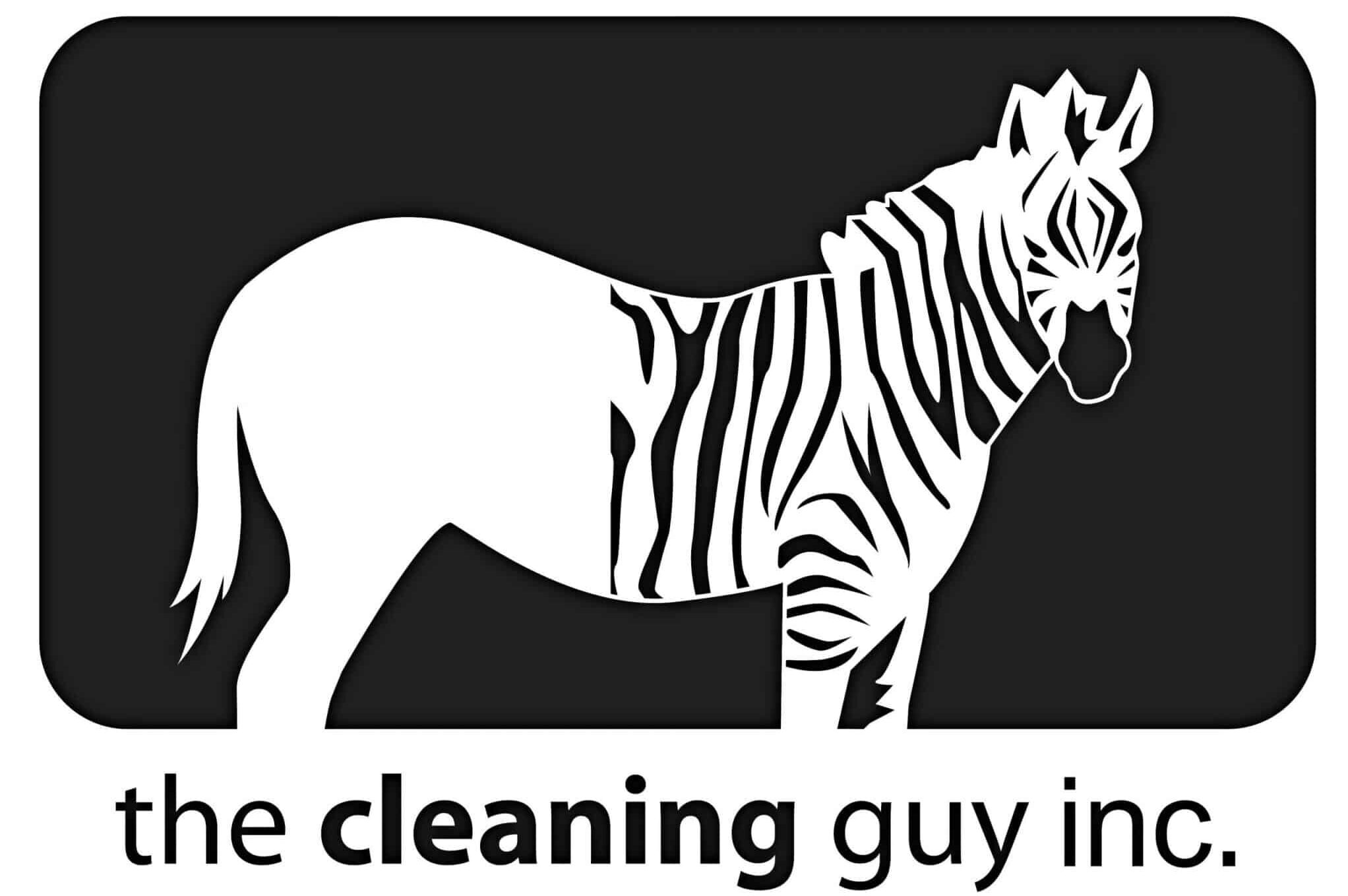the choices… Part 2
Choosing the right carpet for your home can be overwhelming. Today we cover the choice of materials for broadloom.
Last time I shared how you can “wade through the choices” when considering an area rug purchase. Although the list was far from exhaustive, hopefully, the takeaway was that “not all rugs are created equal!”
As we move into a conversation around installed broadloom, the elephant in the room is the underlying belief that carpet is unhealthy, especially for allergy sufferers. While the usual “it depends” disclaimer applies, broadloom has health benefits that may surprise you!
Dust and dust mites are a fact of life, regardless of how meticulous our cleaning habits are. Simply look into the air when the sun streams into a room!! That dust will settle on all room surfaces including flooring, only to be stirred up again when the room is used.
People that are pre-disposed to allergies (especially children) find that same dust kicked back up into their breathing zones as they walk and play on hardwood and tile floors.
Alan Hedge, professor of design and environmental analysis at Cornell, found this to be the case in one of his studies. “Carpeting”, he reports, “can improve IAQ because it captures and holds dirt, contaminants, and allergens that would otherwise become airborne.
These substances are readily and effectively removed by vacuuming with the high-efficiency bags.” Therein lies the “it depends” disclaimer. If broadloom is vacuumed regularly and professionally cleaned annually, it is an ally in the war against allergies. Conversely, if it is not maintained, it can harbor contaminants and its health benefits over hard flooring will be negated.
The strong argument for broadloom is enhanced by its warmth and attractive properties, as most prefer a soft “feel” underfoot, especially in relaxing areas like bedrooms, family rooms, and basements. Couple that with the diminished safety risk of carpeted stairs and it is tough to imagine most homes without some kind of carpet presence.
So, what should you buy? Here are the questions you need to answer to narrow down your options:
- What will the traffic be like in the areas that I am carpeting?
- Will my pets, young children, guests be using it?
- What kind of a look/feel do I want? A flat, a plush, a shag look?
Once you have answered those questions, it is easier to move to the actual product selection.
Type of carpeting fibers in today’s market:
- Nylon – The majority of carpets installed in homes today are nylon. Nylon fibers are wear, soil, and mildew resistant, survive the crushing weight of furniture, and hold up well in heavily-trafficked areas.
- Olefin – Pretty much a bullet-proof fibre that is even resistant to household bleach! However, Olefin loves oil and can tend to “grey out” fairly quickly in heavily-trafficked areas.
- Polyester If you like a luxurious, soft, thick-cut pile, polyester may be your best bet. Polyester fibers have plenty of body, resist wear, and offer strong color and luster retention. However, they are not as durable as nylon and olefin.
- Wool – The most luxurious fiber is natural wool. It is soft, durable, offers generous bulk, and comes in many colors. From an ecological standpoint, it is a particularly responsible choice because it comes from a sustainable resource. By far the most expensive option, but for many, it remains the carpet of choice.
(Please note: “Berber” carpeting is a popular choice, but remember Berber is a style, not a particular fibre. For example, you can have a wool/nylon/olefin Berber carpet).
Any reputable carpet dealer will walk through your options with you and if you have any other questions, feel free to reach out to me as well.
Mike Holmes
